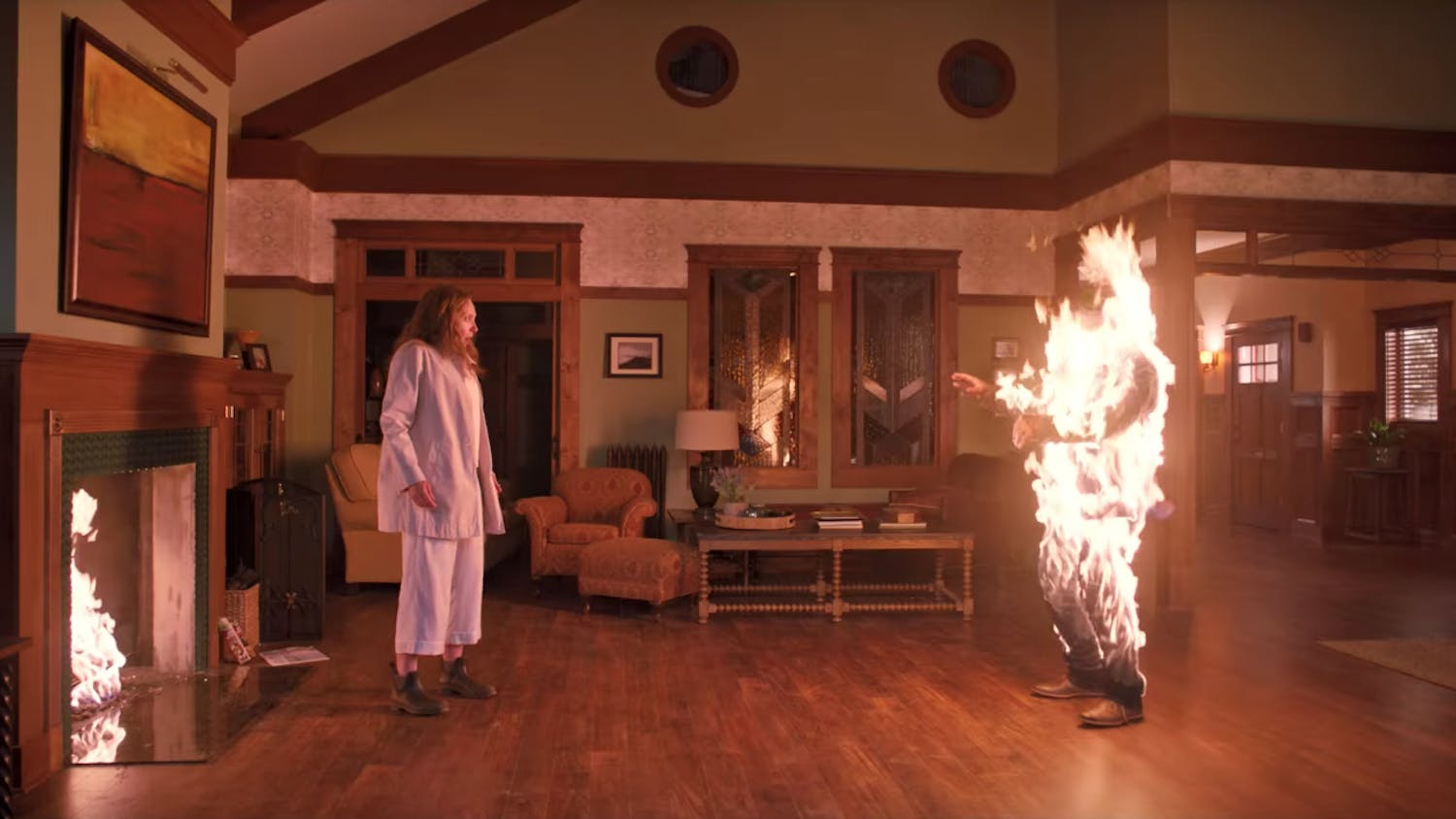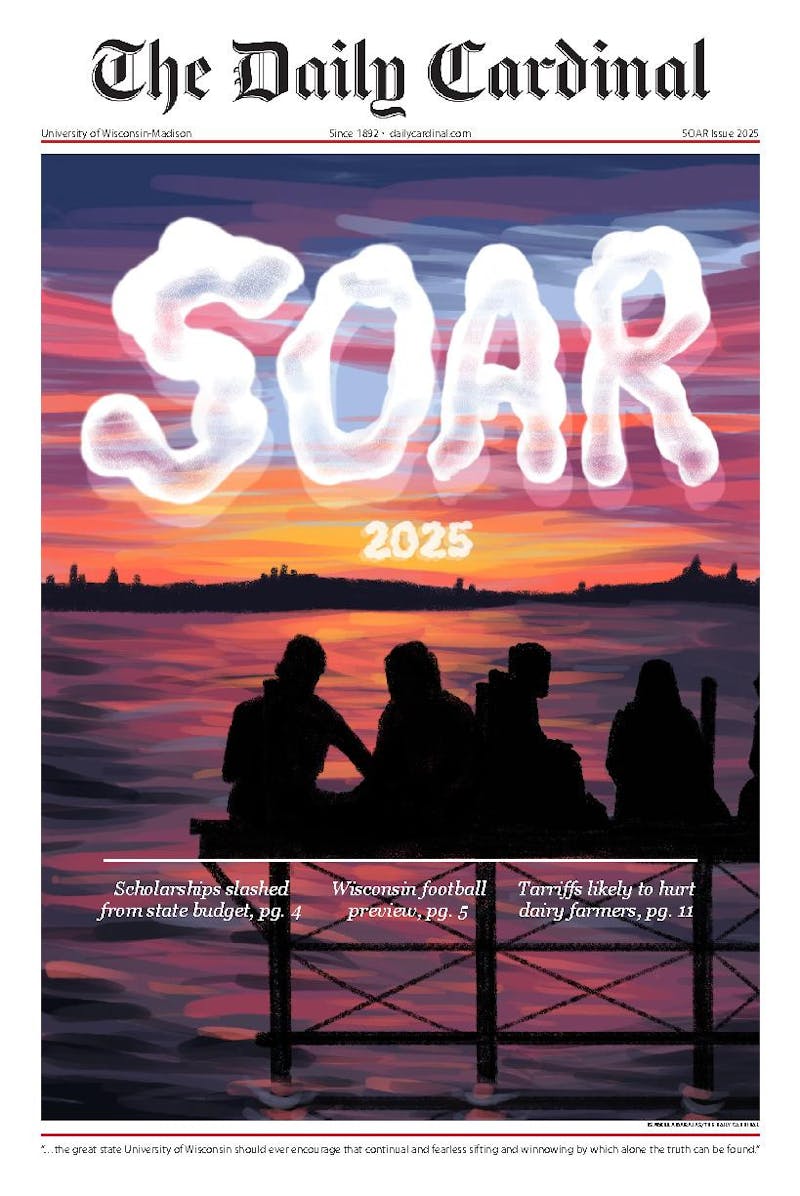The Internet age has created a period of unprecedented openness in the arts. Works that were previously impossible for the masses to check out are now readily available, at least as reproductions. This proliferation of artworks is by no means a uniquely contemporary phenomenon—just ask Walter Benjamin, whose ""The Work of Art in the Age of Mechanical Reproduction,"" first published in 1935, remains the definitive text on the confrontation between the arts and popular technology. Indeed, most of Benjamin's arguments from that essay are today regarded as axiomatic, most notably his thesis that as technology gets more sophisticated, the arts get sluttier.
Today's arts are slutty insofar as they're willing to get with just about anybody—provided one has the means of accessing them. In a sense, this has always been true; but, as Benjamin pointed out, the difficulties in seeing any given painting prior to the so-called ""Age of Mechanical Reproduction"" (i.e. traveling to Paris to visit the Louvre or Vatican City to see the ceiling of the Sistine Chapel) gave it cult value—it was unwilling to hook up with just any ol' connoisseur. But in 2010, if I suddenly get the itch to study Willem de Kooning's ""Excavation,"" I need not scrounge up the gas money for a trip to Chicago; all I have to do is fire up Firefox and Google my way to aesthetic befuddlement.
Aside from music, no art has become more promiscuous than cinema. (Under the umbrella of ""cinema,"" I'm including all art that consists of moving images—avant-garde shorts and talkies, video installations and IMAX, magic lanterns and home movies, so on and so on.) YouTube, BitTorrent and any number of video-streaming websites have rendered accessible nearly every film ever made to anybody with a reasonably fast Internet connection and a laptop on which to watch 'em.
The Internet is more than just an audiovisual flea market: It's also a place where you can watch a number of films you wouldn't get to see otherwise. By making films that had previously been nearly impossible to see readily accessible, the Internet has made cinema more open and democratic than ever before. Marguerite Duras' ""India Song"" and Jacques Rivette's ""Noroît,"" both of which were first released in 1976 but neither of which are currently available on DVD in the U.S., are two of countless art-house gems I've unearthed in my digital excavations. Was the experience of seeing these films in my bedroom the same as if I'd gotten to see them at the 1975 New York Film Festival? Of course not. Was I exceedingly pleased with having gotten the opportunity to engage with these challenging works in any form at all? Without a doubt.
The chances that ""India Song"" or ""Noroît"" will be released on DVD here anytime soon are slim to nil. It makes perfect sense that a curious cinephile would find a way to see these films rather than accept their apparent unavailability as the end of the story. Where American distributors of international films have failed us, anonymous cyber-patrons have come to the rescue.
Of course, piracy is a very real piece of this puzzle; to claim otherwise would be both utopian and cynical. However, websites like the Auteurs offer an alternative distribution model that may be the solution to this ""problem"" (that is, if you think file-sharing is inherently problematic). For $5, members of the Auteurs can stream many flicks that aren't yet and likely never will be released here on DVD—films like Philippe Garrel's ""The Birth of Love"" (1993), Sally Potter's ""The Gold Diggers"" (1983) and Jia Zhangke's ""Pickpocket"" (1997).
This isn't the only way that the Internet is democratizing the seventh art. For decades, folks interested in avant-garde film were out of luck if they didn't live in or near Manhattan, where the vast majority of the most discussed cinematic experimentation has historically been exhibited. Luckily for us Midwesterners, tons of important works can now be streamed on sites like Ubuweb, albeit in inconsistent qualities. But how pristine a copy of Michael Snow's ""Wavelength"" (1967), Hollis Frampton's ""Zorns Lemma"" (1970), Ernie Gehr's ""Serene Velocity"" (1970), Yvonne Rainer's ""Film About a Woman Who..."" (1974) or George Kuchar's ""Hold Me While I'm Naked"" (1967) must one see to get the point? Can it really be said that the intellectual weight of these films vanishes when they move from the big to the small screen?
And isn't there something beautifully perverse about the fact that you can now download Jack Smith's once-outlawed ""Flaming Creatures"" (1963), load it on your iPod and watch it anywhere you please? Isn't this the right direction for the most technological of all arts?
Do you think watching movies on an iPod takes away from the art of film? Send angry rebuttals to dasullivan@wisc.edu.






